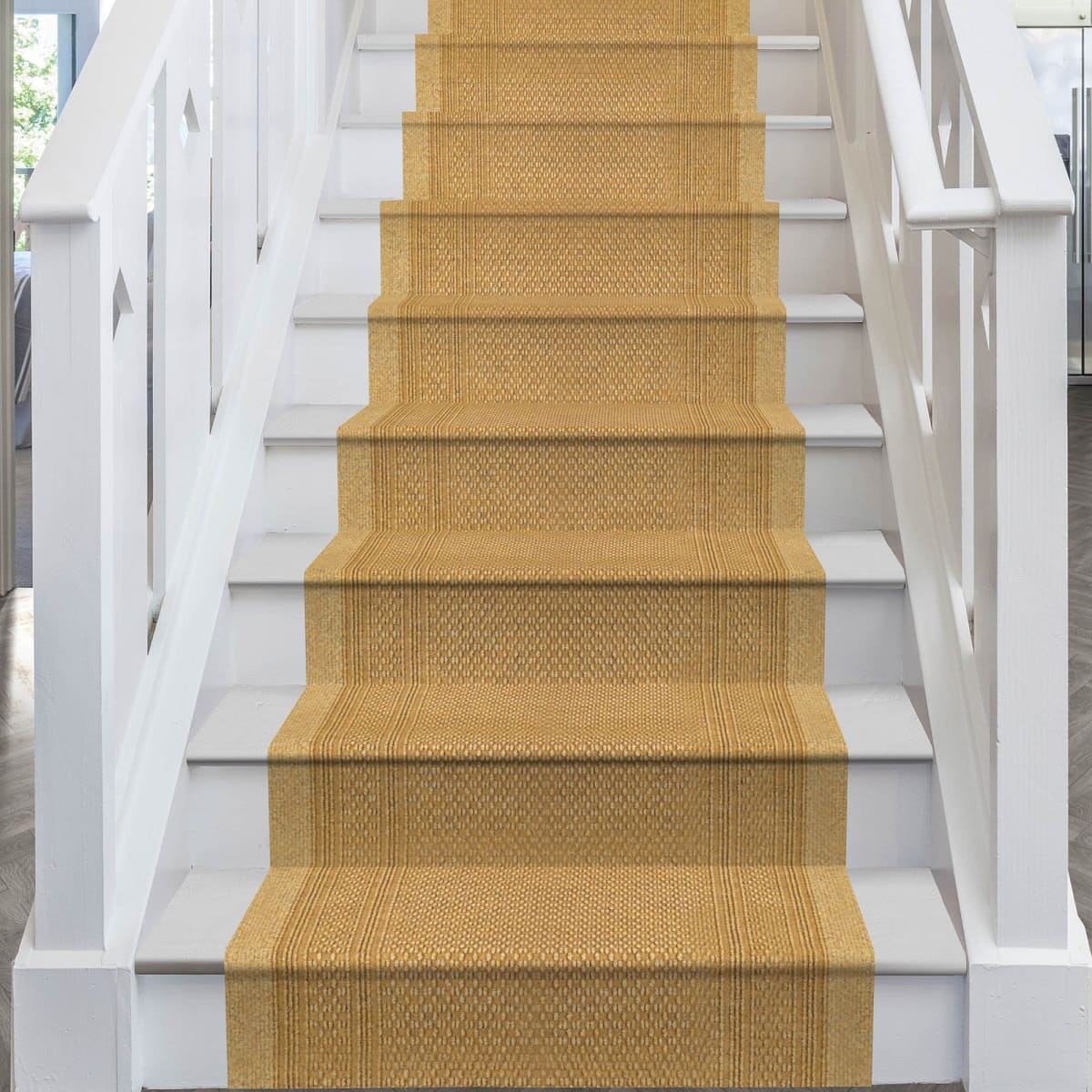

Articles
How To Measure Stairs For Runner
Modified: February 23, 2024
Learn how to measure stairs for a runner in this informative article. Find step-by-step instructions and helpful tips to complete your project.
(Many of the links in this article redirect to a specific reviewed product. Your purchase of these products through affiliate links helps to generate commission for Storables.com, at no extra cost. Learn more)
Introduction
Measuring stairs for a runner can be a daunting task, but with the right tools and techniques, it becomes much simpler. A runner is a long, narrow strip of carpet or fabric that runs down the center of a staircase, providing a stylish and functional addition to any home. Before you can choose and install a runner, you need to accurately measure your stairs to ensure a perfect fit. In this article, we will guide you through the step-by-step process of measuring stairs for a runner.
By following these instructions, you will be equipped with the knowledge to accurately measure the width, length, and height of each stair tread and riser. Additionally, you will learn how to calculate the number of runner strips needed based on the width of the treads.
With precise measurements in hand, you can confidently select the perfect runner for your stairs and transform your staircase into a stunning focal point of your home. So let’s get started on this exciting journey of measuring stairs for a runner!
Key Takeaways:
- Accurate measurements of stair width, length, and riser height are crucial for selecting and installing a perfectly fitted runner, enhancing the beauty and functionality of your staircase.
- Gathering the right tools, recording measurements, and following step-by-step instructions will equip you to confidently measure your stairs for a stunning and inviting runner.
Read more: How To Install Runner On Stairs
Step 1: Gather the necessary tools
Before you begin measuring your stairs for a runner, it’s essential to gather the necessary tools. Having these tools on hand will ensure that you can accurately measure the width, length, and height of each stair tread and riser. Here are the tools you’ll need:
- Tape measure: A tape measure is a must-have tool for measuring the dimensions of your stairs. Make sure it is long enough to reach from one edge to the other comfortably.
- Pen or pencil: You’ll need a pen or pencil to record your measurements as you go along. Having a writing utensil handy will allow you to jot down the measurements quickly and avoid confusion.
- Paper or notebook: Having a piece of paper or a notebook to write down your measurements is crucial. This way, you can keep track of each tread and riser’s width, length, and height, making it easier to calculate the runner strips needed later on.
By having these tools at the ready, you’ll be well-prepared for the measuring process, ensuring accuracy and efficiency in determining the dimensions of your stairs. Once you have your tools gathered, move on to the next step: measuring the width of each stair tread.
Step 2: Measure the width of each stair tread
Now that you have your tools ready, it’s time to start measuring the width of each stair tread. Follow these steps to ensure an accurate measurement:
- Start at the edge of one tread: Begin your measurement at the edge of a stair tread by aligning your tape measure with the outer edge.
- Measure the width from edge to edge: Extend your tape measure horizontally across the width of the tread, spanning from one side to the other. Make sure the tape measure is taut and straight, without any sagging or curving.
- Repeat for each stair tread: Move up the staircase, one tread at a time, and repeat the measurement process for each tread. Ensure that you measure the width of each tread consistently from edge to edge.
- Record the measurements: As you measure each tread, use your pen or pencil to record the width measurement on your paper or notebook. Label each measurement with the corresponding tread number to keep track of the order.
By measuring the width of each stair tread accurately, you will have a clear understanding of the space available for the runner. Ensuring consistent measurements will contribute to a seamless and well-fitted installation later on. Once you have measured the width of all the stair treads, you can proceed to the next step: measuring the length of each stair tread.
Step 3: Measure the length of each stair tread
After measuring the width of each stair tread, the next step is to measure the length of each tread. Follow these steps to accurately measure the length:
- Start at the edge of one tread: Begin your measurement at the edge of a stair tread. Align your tape measure with the outer edge, just like you did in the previous step.
- Measure the length from edge to edge: Extend your tape measure vertically along the length of the tread, from the bottom edge to the top edge. Ensure the tape measure is straight and taut, without any slackness.
- Repeat for each stair tread: Move up the staircase, one tread at a time, and repeat the measurement process for each tread. Consistently measure the length from edge to edge of each stair tread.
- Record the measurements: As you measure each tread’s length, use a pen or pencil to jot down the measurements on your paper or notebook. Be sure to label each length measurement with the corresponding tread number.
By measuring the length of each stair tread, you will have a comprehensive understanding of the available space for the runner’s length. Consistently measuring from edge to edge will ensure a precise fit and a visually appealing result. With the width and length measurements of all the stair treads recorded, you are ready to move on to the next step: measuring the height of each stair riser.
When measuring stairs for a runner, start by measuring the width of the stair tread and the length of the tread and riser. Add 2-3 inches to the width for proper fitting.
Step 4: Measure the height of each stair riser
Now that you have measured the width and length of each stair tread, it’s time to measure the height of each stair riser. Follow these steps to ensure accurate measurements:
- Start at the bottom of one riser: Begin your measurement at the bottom of a stair riser, where it meets the tread below it. Position your tape measure vertically along the height of the riser.
- Measure the height from the bottom to the top: Extend your tape measure from the bottom edge of the riser to its top edge, ensuring that it follows the natural incline of the riser. Take note of the measurement without any discrepancies.
- Repeat for each stair riser: Move up the staircase, one riser at a time, and repeat the measurement process for each riser. Ensure that you measure the height of each riser consistently from bottom to top.
- Record the measurements: As you measure each riser’s height, use your pen or pencil to record the measurements on your paper or notebook. Label each height measurement with the corresponding riser number for easy reference.
Measuring the height of each stair riser accurately is crucial for ensuring a seamless installation of the runner. Consistent measurements will result in a visually appealing appearance and a comfortable stepping experience. With the width, length, and height measurements of all the stair treads and risers recorded, you can proceed to the next step: calculating the number of runner strips needed.
Read more: How To Install A Carpet Runner On Stairs
Step 5: Calculate the number of runner strips needed
After measuring the width, length, and height of each stair tread and riser, it’s time to calculate the number of runner strips needed. Follow these steps to determine the quantity accurately:
- Add the width measurements of all the treads: Start by adding up the width measurements of each individual stair tread. Sum up the widths to get a total measurement.
- Divide the sum by the desired width of the runner: Determine the desired width of the runner you plan to install on your stairs. Take the total width measurement from the previous step and divide it by the desired width of the runner.
- Round up to the nearest whole number: If the division result includes a decimal point, round it up to the nearest whole number. This will give you the number of runner strips needed.
Calculating the number of runner strips needed will ensure you have enough material to cover all the stair treads. It’s always better to have a slightly higher quantity than a lower one to accommodate any adjustments or variations. With the accurate number of runner strips determined, you are ready to proceed with selecting and installing the perfect runner for your stairs.
By following these five steps, you can confidently measure your stairs for a runner. Remember to use the right tools, record your measurements, and perform each step accurately. By doing so, you will ensure a perfect fit and a visually appealing result. Enjoy the process of transforming your staircase into a stylish and inviting space with a beautifully installed runner!
Conclusion
Measuring stairs for a runner may seem like a complex task, but with the right tools and step-by-step instructions, you can easily accomplish it. By accurately measuring the width, length, and height of each stair tread and riser, you can ensure a perfectly fitted runner that enhances the beauty and functionality of your staircase.
Throughout this article, we covered the essential steps to measure stairs for a runner. We emphasized the importance of gathering the necessary tools, such as a tape measure, pen or pencil, and paper or notebook, to facilitate the measuring process.
We then guided you through measuring the width of each stair tread, ensuring consistency and accuracy by starting at the edge of one tread and recording the measurements as you go along. Next, we covered measuring the length of each stair tread, emphasizing the importance of measuring from edge to edge and recording the measurements for reference.
Following that, we discussed measuring the height of each stair riser, emphasizing the significance of measuring from the bottom to the top and recording the measurements with corresponding riser numbers. Finally, we covered the calculation of the number of runner strips needed, highlighting the importance of adding up the width measurements, dividing by the desired runner width, and rounding up to the nearest whole number.
By following these steps, you will be well-equipped to measure your stairs for a runner accurately and confidently. The measurements you obtain will serve as a guide when selecting and installing a runner that fits your stairs perfectly.
Remember, taking precise measurements is crucial for achieving a seamless and visually appealing result. It’s always a good idea to double-check your measurements and consult with professionals if needed, especially if you are uncertain about any aspect of the measurement process.
So go ahead and measure your stairs for a runner, transforming your staircase into a stylish and inviting focal point of your home. Enjoy the process and the beautiful outcome that a well-measured runner can bring to your stairs. Happy measuring!
Frequently Asked Questions about How To Measure Stairs For Runner
Was this page helpful?
At Storables.com, we guarantee accurate and reliable information. Our content, validated by Expert Board Contributors, is crafted following stringent Editorial Policies. We're committed to providing you with well-researched, expert-backed insights for all your informational needs.
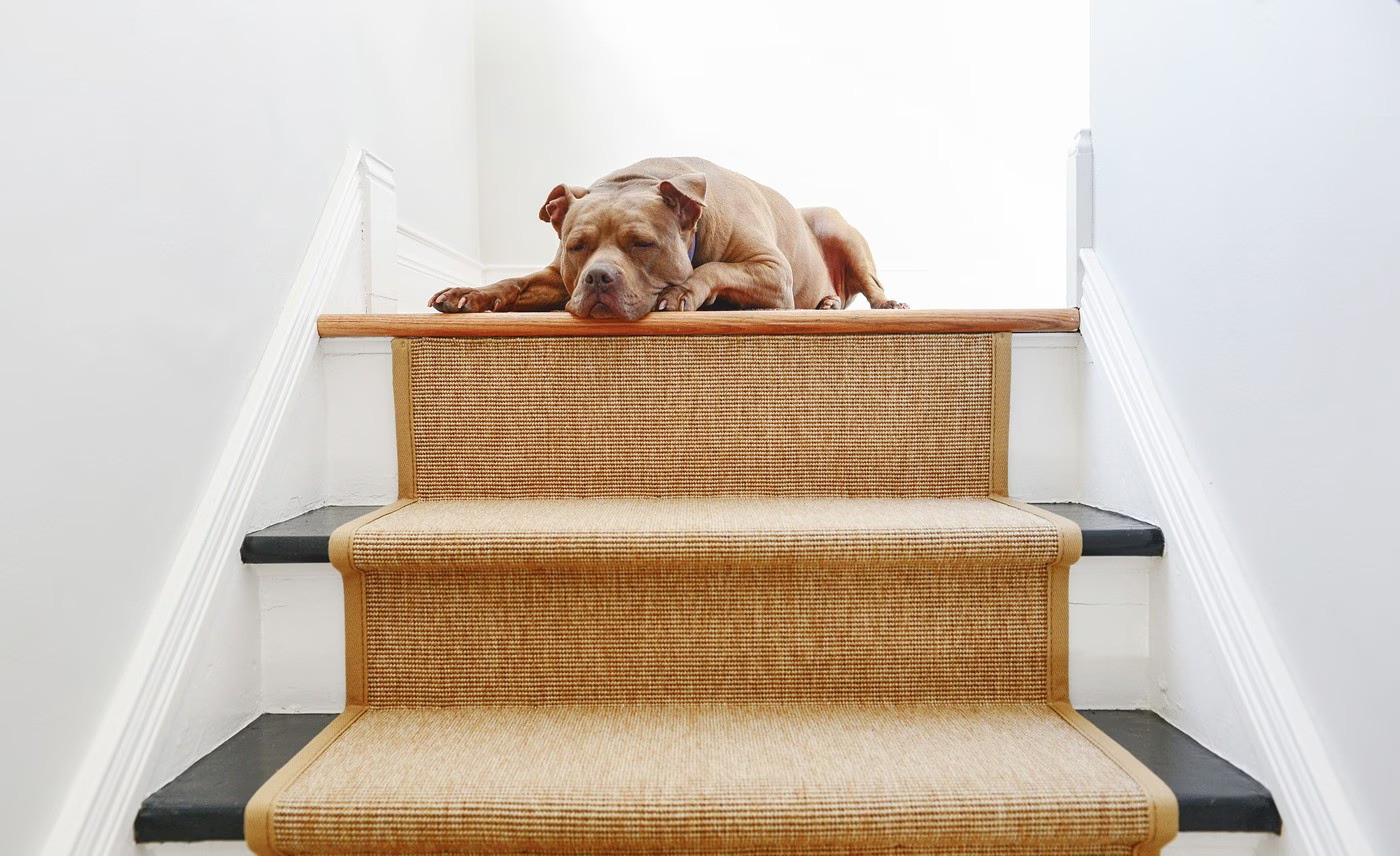
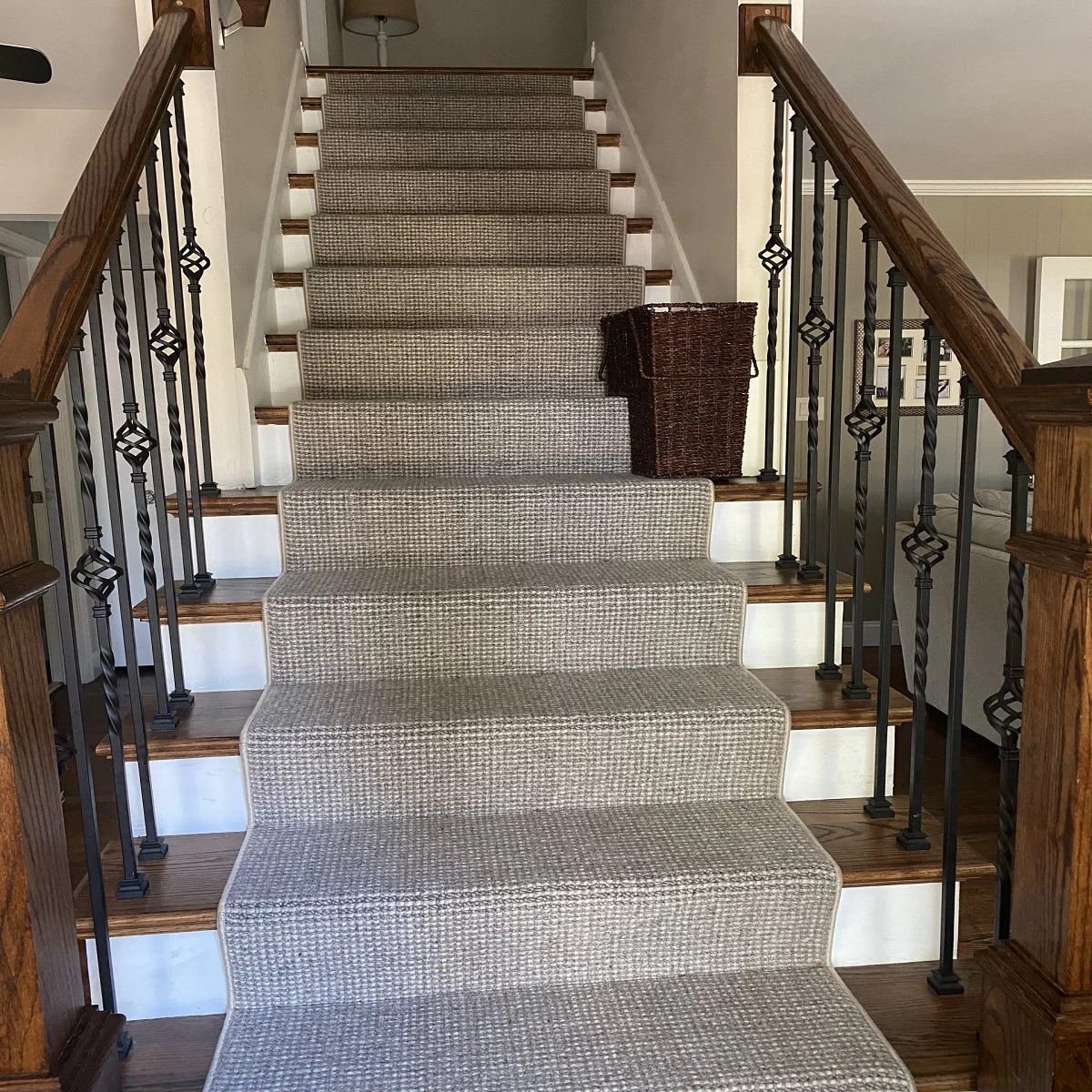
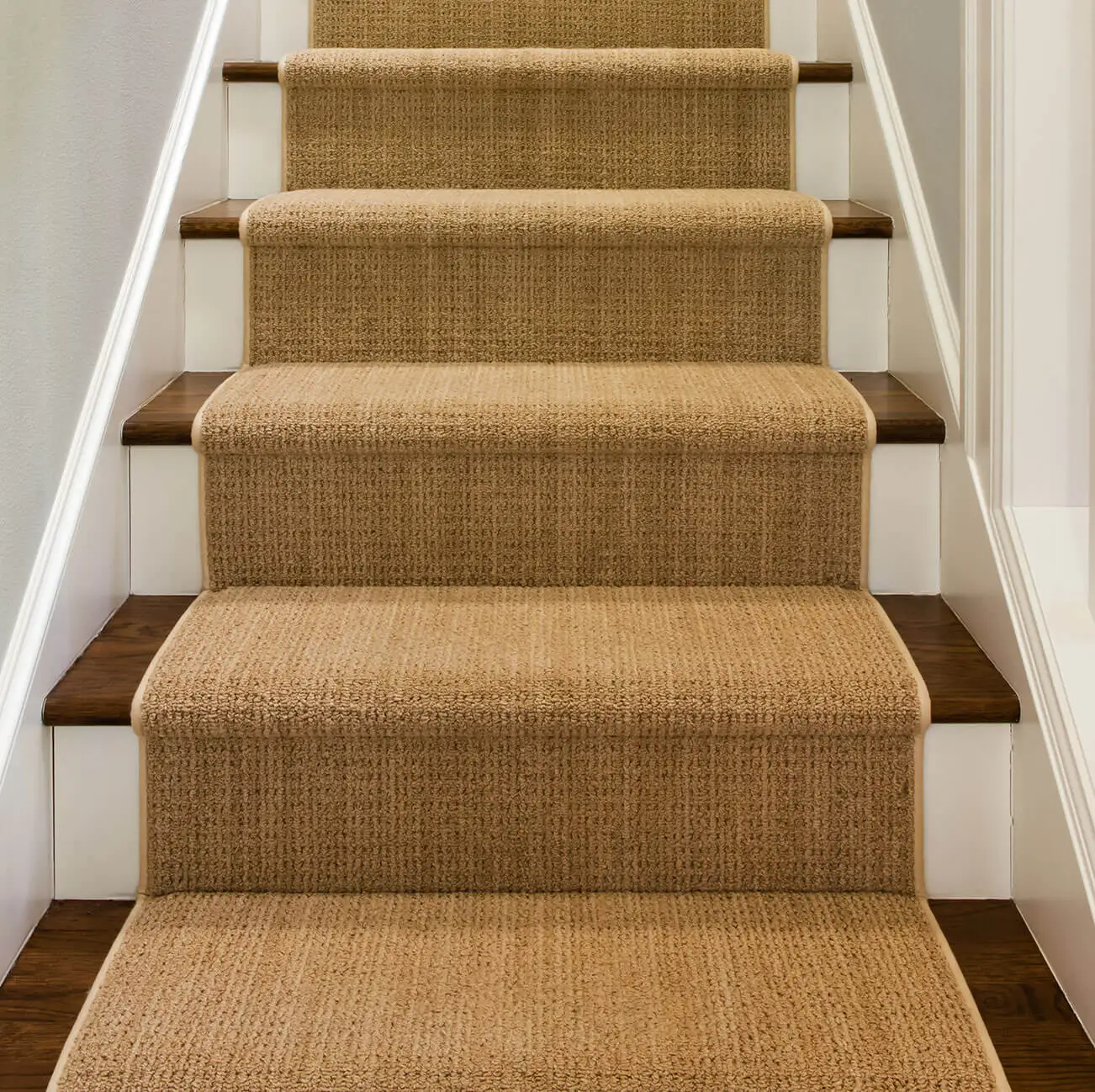
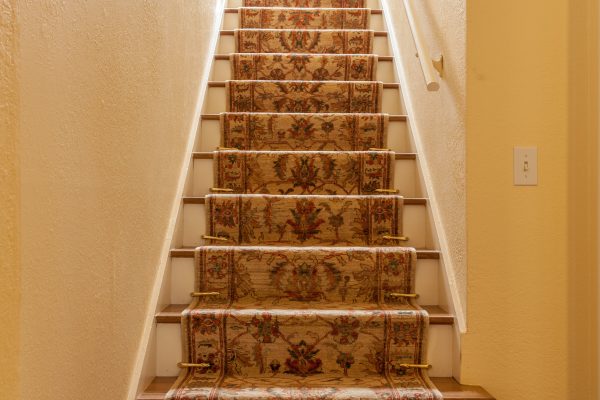
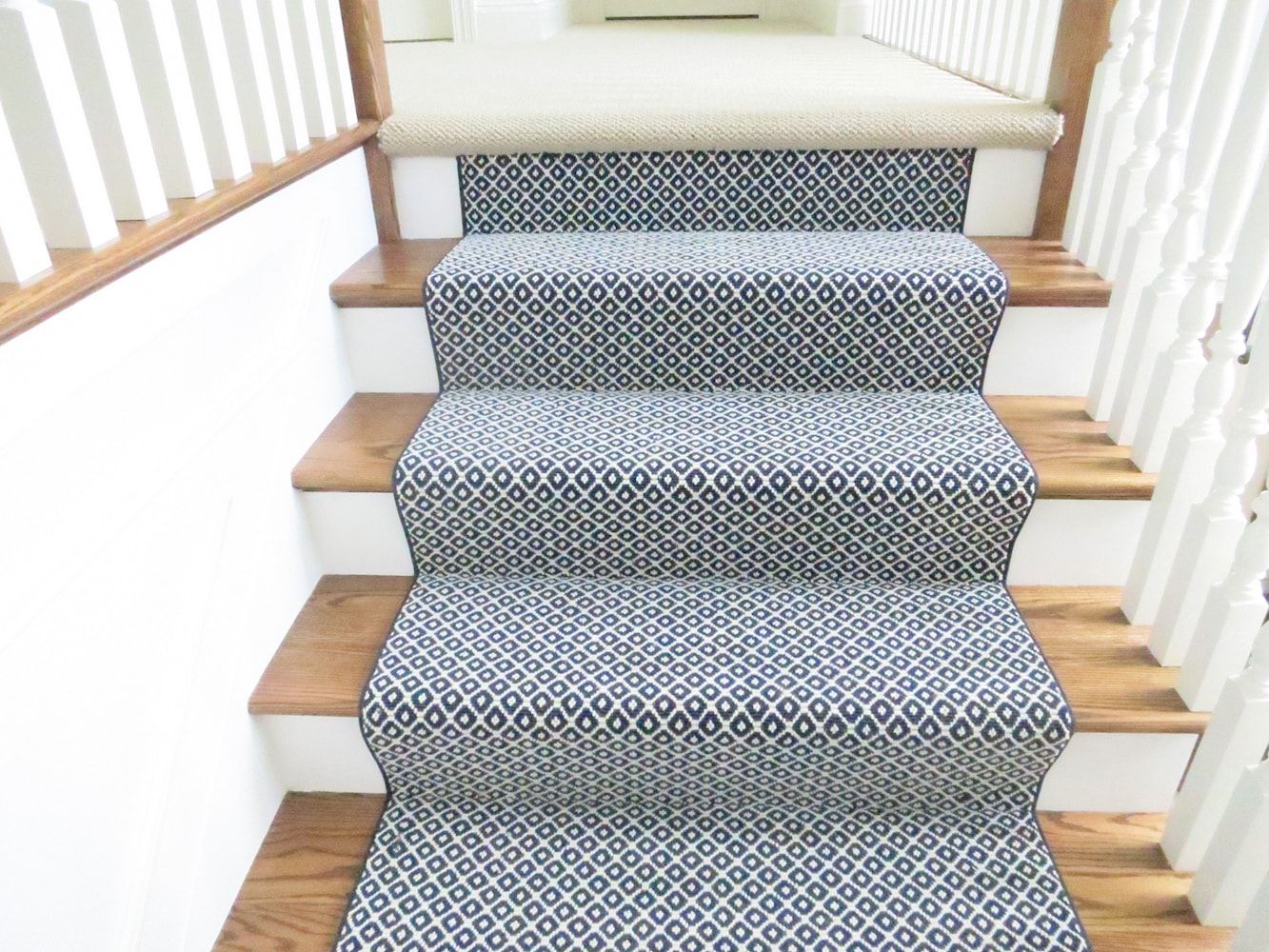
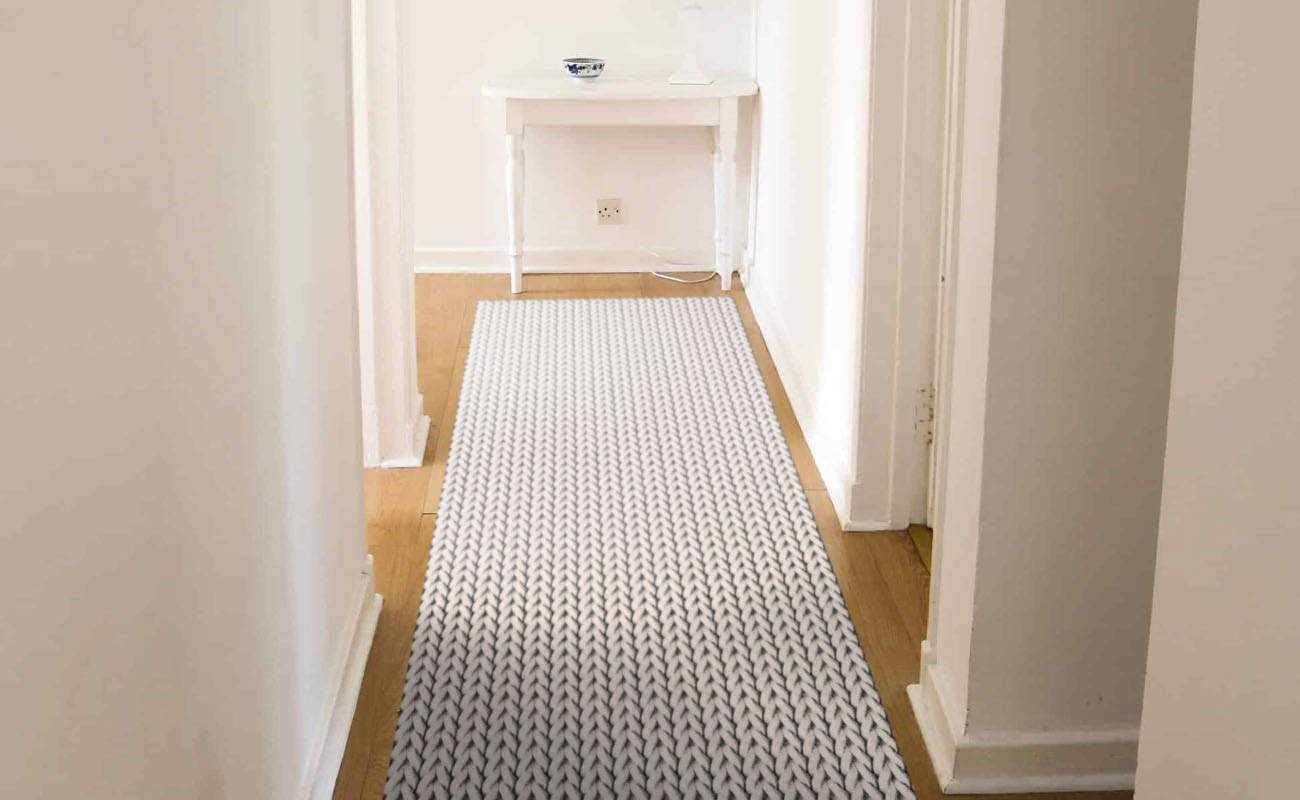
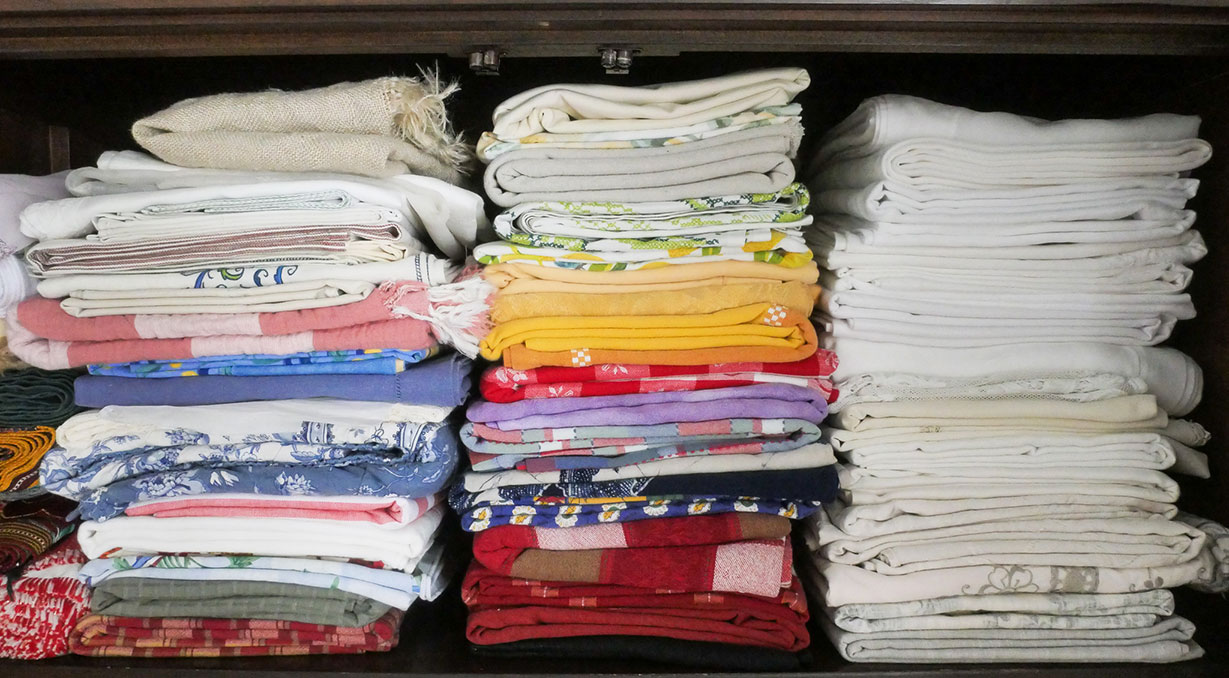

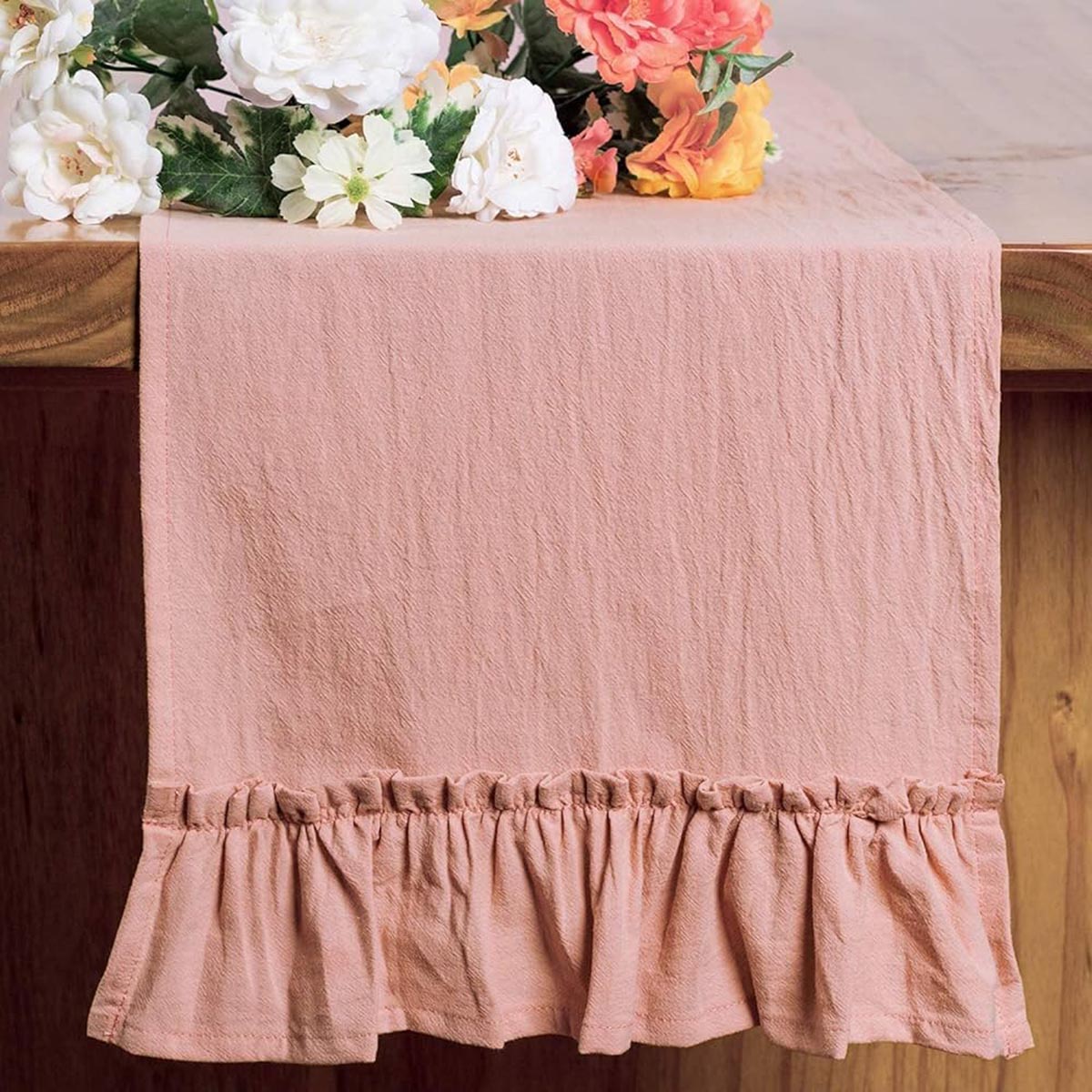
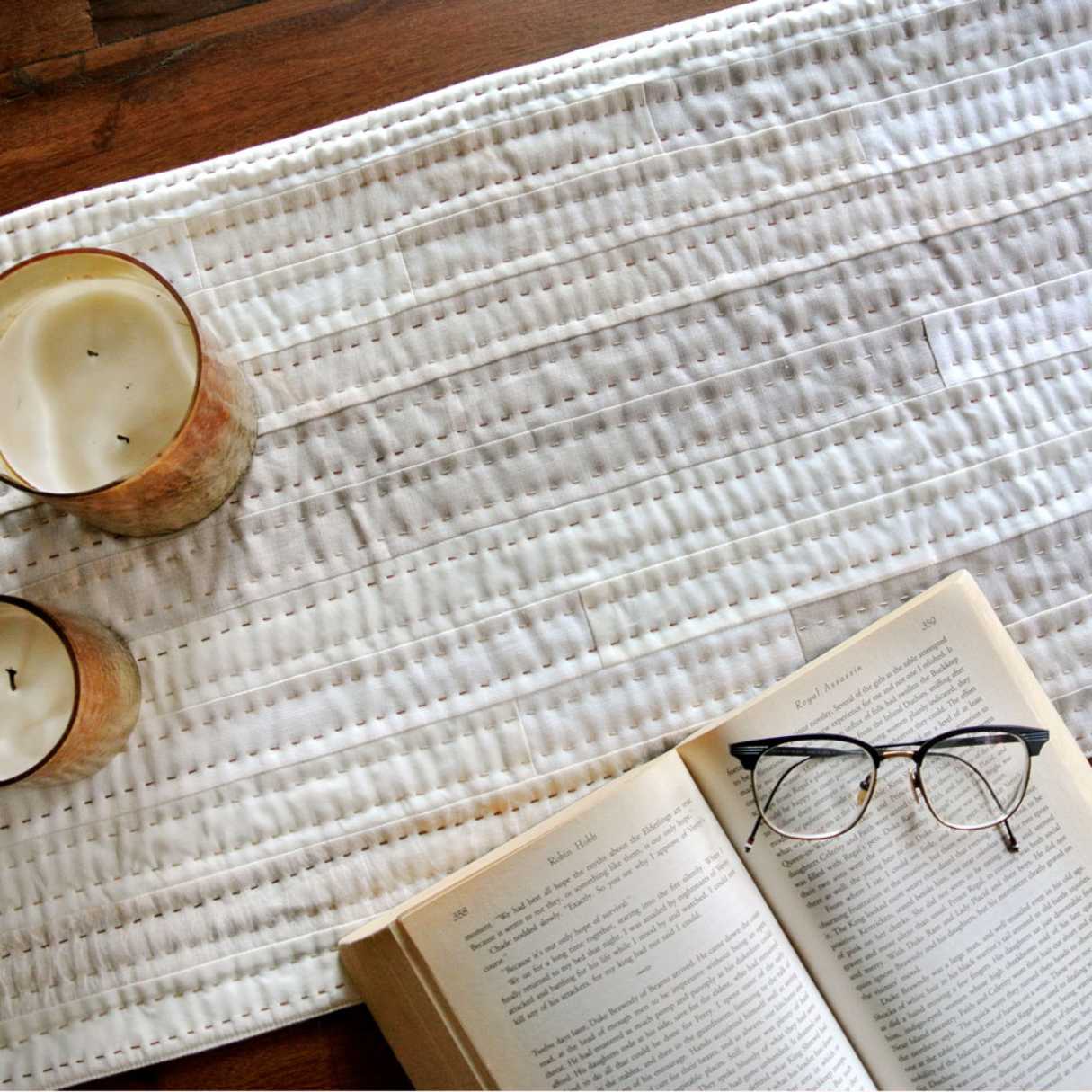
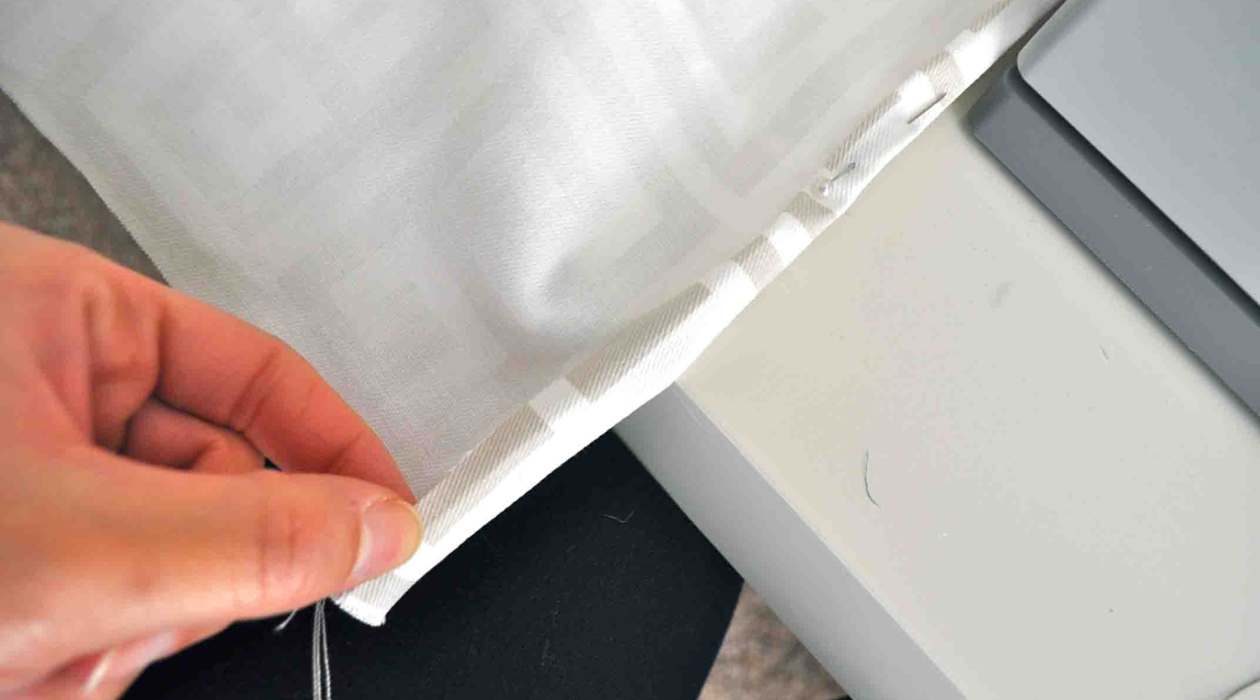
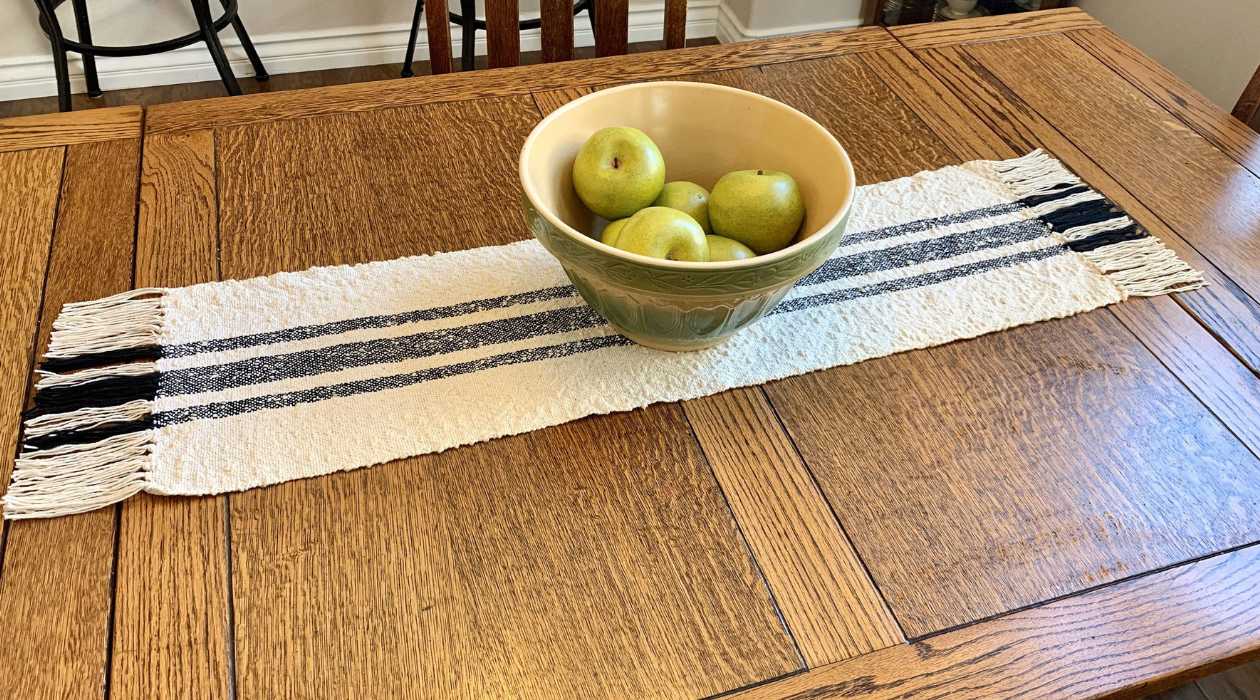
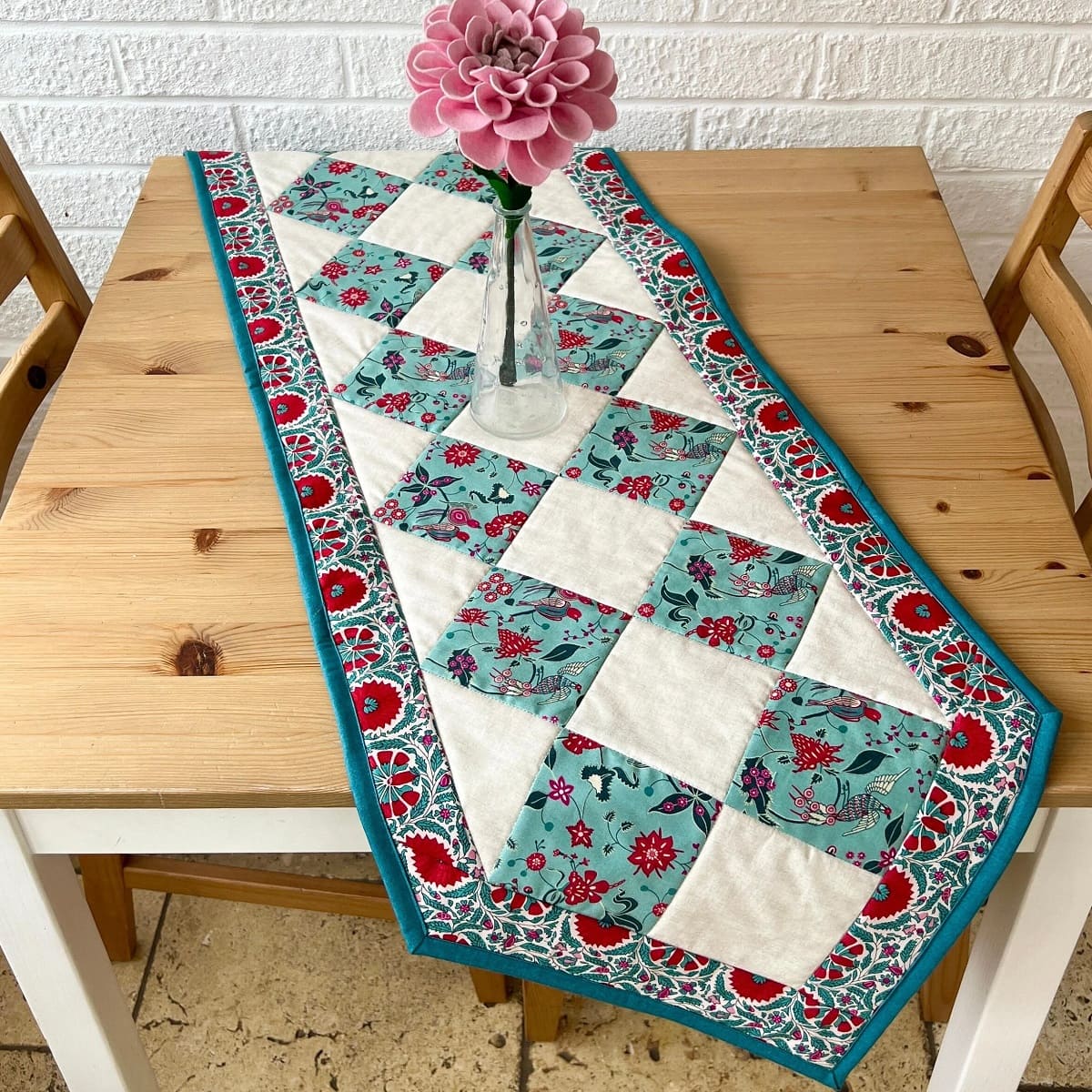


0 thoughts on “How To Measure Stairs For Runner”